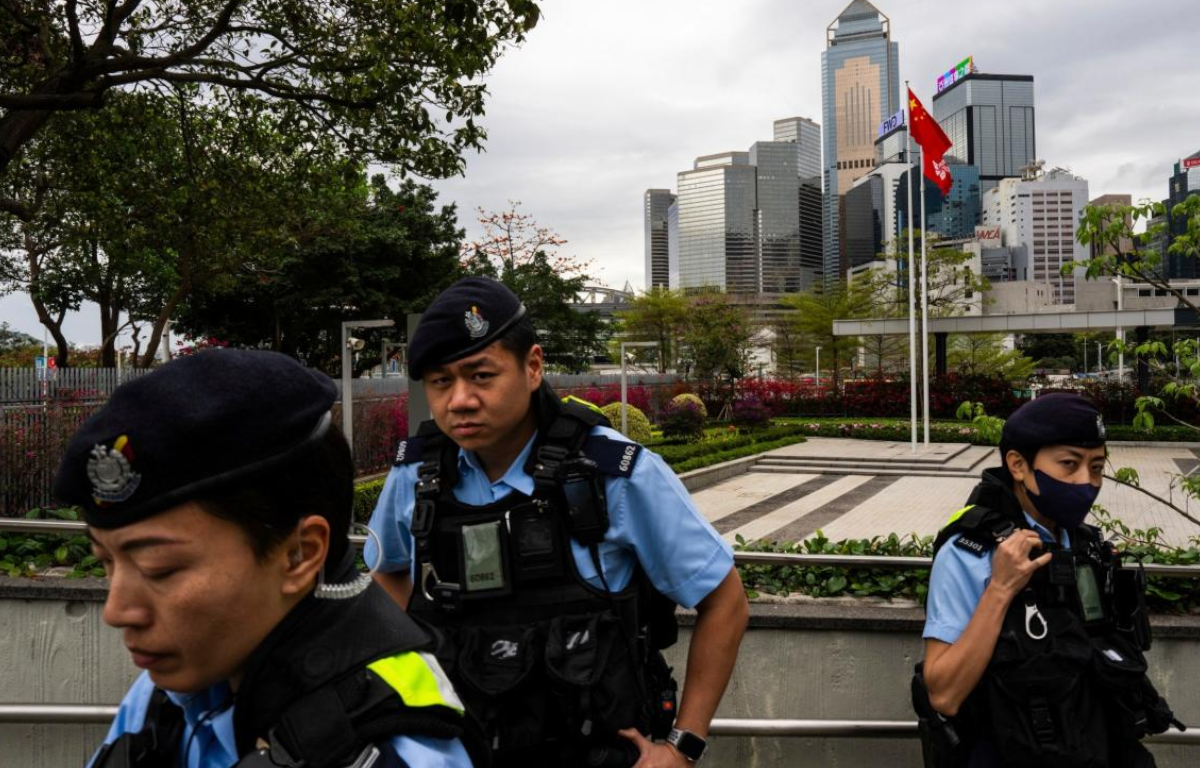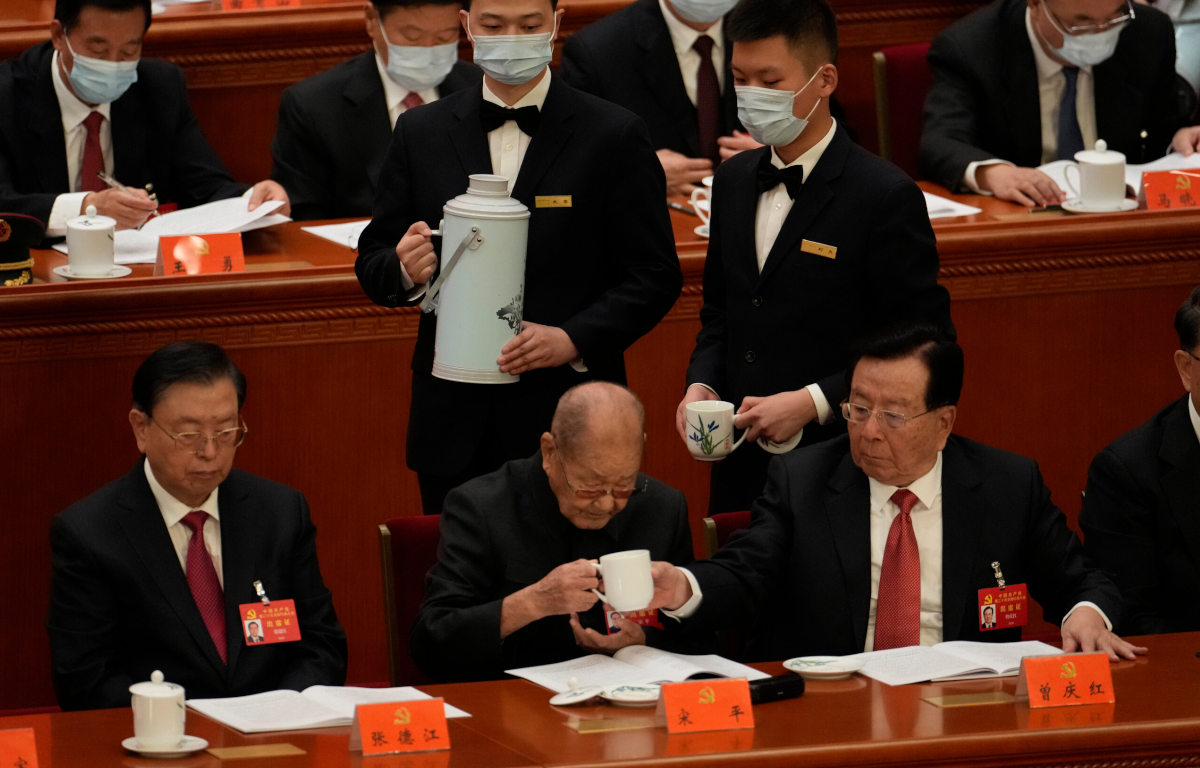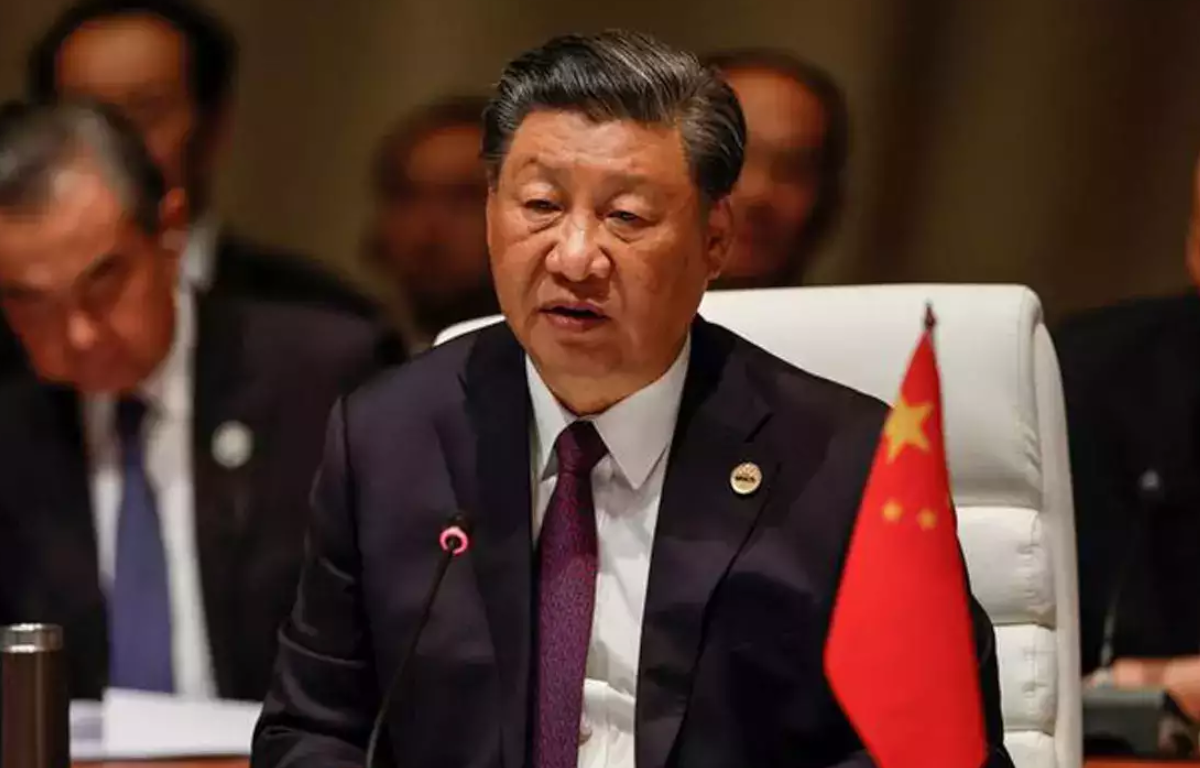
The one-child policy, initially implemented in 1979, was aimed at controlling China’s population growth. While it did help in controlling population growth, it also led to significant demographic imbalances, including an aging population and a gender imbalance. The transition to a two-child policy in 2016 was seen as a positive step, but it seems to have encountered considerable challenges in practice.
One significant challenge is the demographic shifts resulting from the one-child policy. China’s population is aging rapidly, and the younger generation often bears the responsibility of caring for multiple elderly family members. This demographic shift may have diminished the appeal of having more children, as families now realize the challenges of supporting and raising additional children.
Economic pressures also play a substantial role in the waning success of the two-child policy. Rising living costs and the competitive education system have made it financially challenging for families to have more than one or two children. The cost of raising a child, providing quality education, and ensuring a stable future can be daunting for many.
Societal attitudes have evolved as well. Many urban, educated Chinese couples have grown accustomed to the single-child family structure. The idea of having more children may be less appealing as a result. This shift in societal attitudes is a significant hurdle to the success of the two-child policy.
Moreover, concerns about government interference in reproductive choices persist. The legacy of the one-child policy still influences public perception, and there’s skepticism about the extent of state control in family planning decisions. The transition from one-child to two-child to three-child policies has created the impression that the government is still heavily involved in reproductive choices.
In response to these challenges, the Chinese government introduced the three-child policy in 2021 in an attempt to encourage larger families and address demographic concerns. However, whether this policy will be more effective in reversing population trends and addressing the complex challenges associated with population control remains uncertain. The success of any policy will depend not only on government incentives but also on the multifaceted cultural, economic, and societal factors that shape family decisions. As China continues to grapple with its demographic challenges, the effectiveness and sustainability of its population control policies will continue to be a topic of global interest and discussion.










Share this: